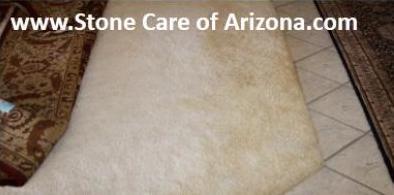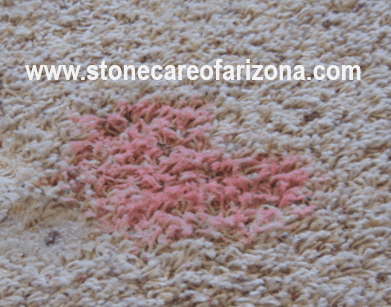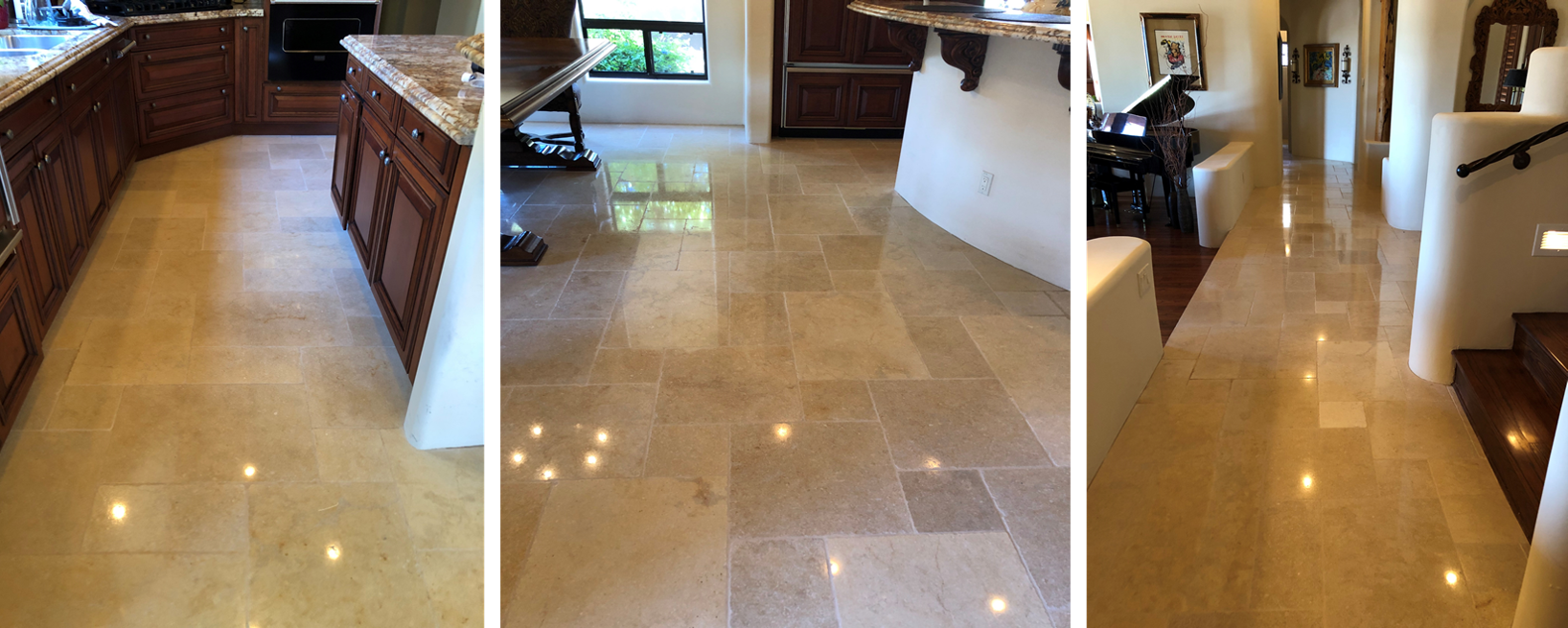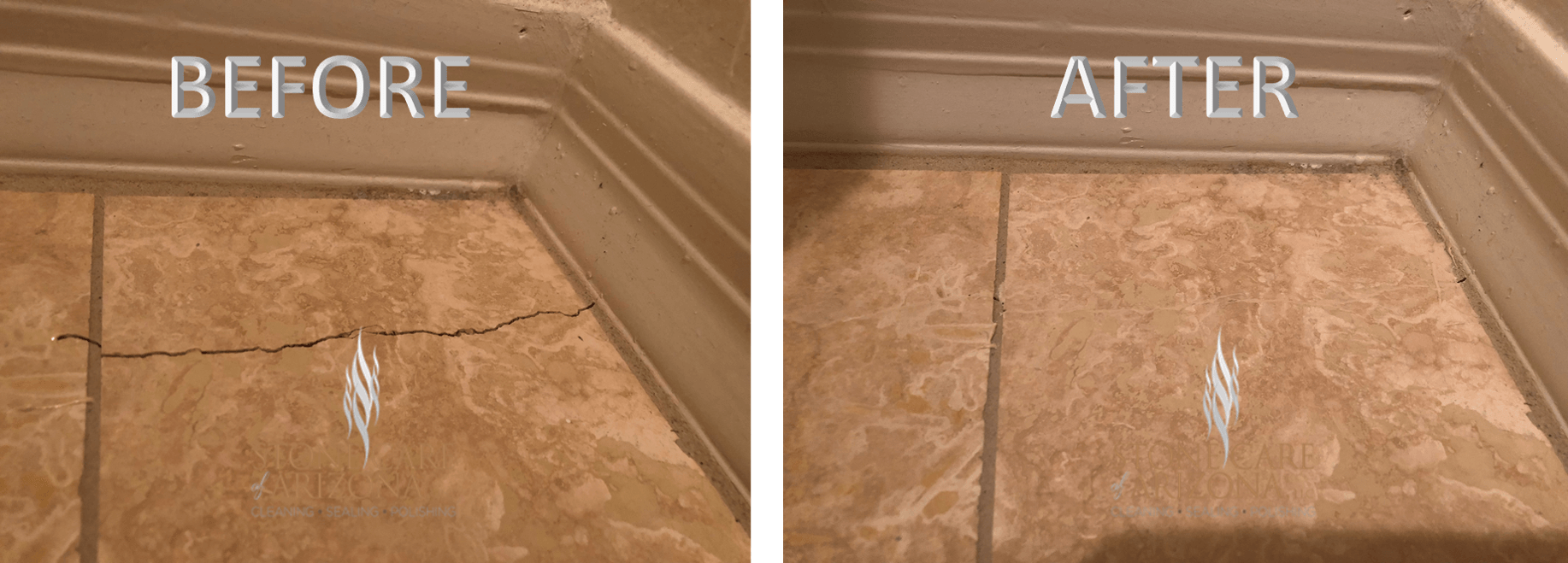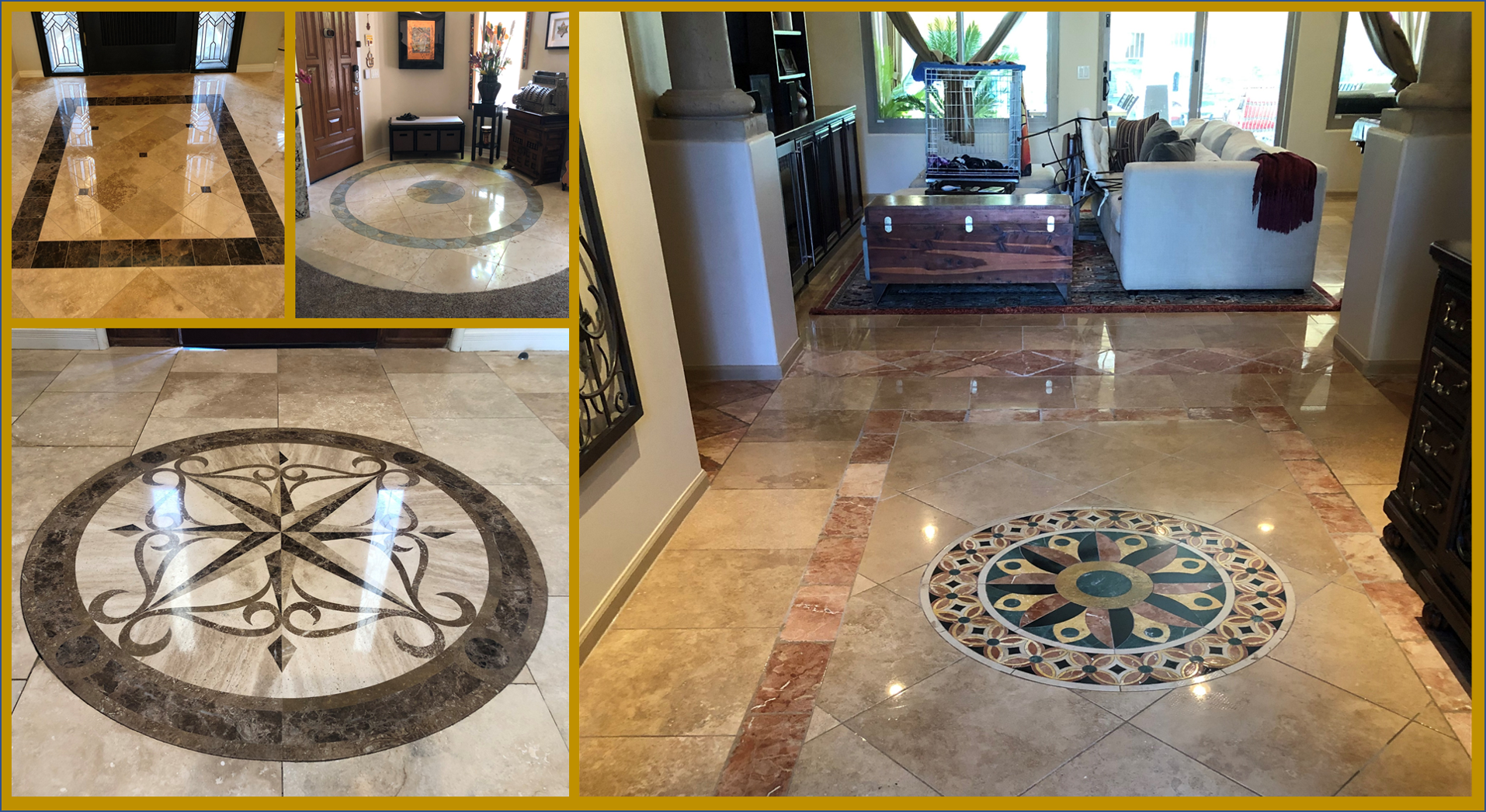Do My Carpets Really Need a Carpet Protector After Cleaning?
Many consumers say no to carpet protector. The reasons may vary depending on a number of reasons. The issue boils down to whether consumers believe that carpet protector works or is a waste of money. Perhaps you may share the belief that carpet protector is a waste of money. If so, you are not alone. Some believe that carpet protector does not live up to the hype that carpet cleaners claim. Do My Carpets Really Need To Carpet Protector After Cleaning?
You have heard all of those worn-out Platitudes!
Let’s take a look at just a few to evaluate those claims more closely:
- Carpet protector helps the carpets stay cleaner longer, True or False?
- Carpet protector helps provide protection from spills and stains, True or False?
- Carpet protector is required after every cleaning, True or False?
- Most stains clean-up with simple water, True or False?
- You don’t need to clean as often when you apply carpet protector, True or False
Before we answer these questions, we will give you more information to help you understand the technology better. It all began in 1952! Did you know that the Granddaddy of all protectors on the market was 3M Scotchguard?
Who discovered Scotchgard protector?
Patsy Sherman
and Samuel Smith
accidentally discovered the repellent qualities of carpet protectant as researchers in 1952. In 1956 3M Scotchgard
was marketed worldwide as a post spray-down that could be applied to carpets and furniture. This post spray was created to help create repellency that would prevent resoiling to carpets.
There is a reason consumers reject carpet protector. Most of the protector applied in Phoenix, Arizona is not Scotchguard protector. Out of the 100 plus carpet cleaners in the greater Phoenix, less than 2% use Scotchguard Protector. Based on our experience, there are many imitators, but only one protector that outperforms most protectors on the market. Why is there so much dissatisfaction?
There are several reasons for consumer dissatisfaction:
1. Promises of stain removal have not always measured up.
2. The consumers feel cheated when the protectant doesn’t work as promised.
3. The time it takes to apply the protector seems unbelievable.
4. The consumer feels the warranty is a joke.
Stone Care of Arizona, LLC, Carpet and Upholstery Cleaners would like to spill the beans on why cheap protectors do not work?
Here are 6 reason carpet protector does not perform as advertised:
1. Some carpet cleaners don’t always apply the right protector with anti-dye resisters
Did you know that there are several formulas for carpet protectors on the market? Some are high quality and some are cheaply made based on price point. Be sure to ask your carpet cleaner to use only 3m Scotchguard. Ask to see the bottle before they apply. You can get more information about Scotchguard. The good news is that 3m Scotchguard has both Fluorochemicals and Anti-dye resistors that protect your carpet from Spots and Stains.
2. Some carpet cleaners don’t always apply enough protector for the right coverage.
Most of the problems associated with performance issues is a result of not applying enough carpet protector on damp carpeting. Too often, this is a training issue or lack of understanding about how to apply a protector. Once the carpet cleaner arrives, be sure to ask about the dilution ratios and do the math. Scotchguard carpet protector will cover approximately 3,200 square feet per concentrated gallon.
3. Some carpet cleaners don’t always groom the protector after applying on the carpet
All protectors regardless of the brand should be groomed after application to get even coverage. Grooming has another benefit… that of breaking the moisture barrier to assist in the drying process. Most Scotchguard Certified Carpet Cleaners will groom the carpets after applying protector and will use an airmover to speed up drying.
4. Some carpet cleaners don’t always dilute according to the manufacturer's specifications.
There are two types of carpet cleaners. The ones who use the right application methodology and the ones who don’t care. Applying Scotchguard Carpet Protector according to the manufacturer’s dilution ratio is key to effectively repelling spots and stains. Depending on the manufacturer, it is about a one part protector to four parts water. This should cover 300 to 600 feet of damp carpeting.
5. Some carpet cleaners run out of protectant and use deodorizer instead
This is sheer dishonesty! When a carpet cleaner sells something they don’t have it is dishonest and reflects poorly on our industry. When in doubt, ask to see the bottle and watch it as it is applied to your carpets.
6. Some carpets cleaner use water instead of a protector
Again, this is where you can do better vetting of the carpet cleaner. Here is a link to help:
If you have 2500 square feet of cleanable carpeting, you will need approx. 4.16 gallons at 600 square feet ratio. This should be groomed evenly into the carpet. The carpet cleaner should remain on at the home and use an air mover to ensure quick dry times. Depending on the carpet cleaning company’s prices, the price range for protectors can cost around 15cent to 30cent per square foot.
The correct answer is yes! You should always apply 3m Scotchguard every time you clean your carpets.
Still not convinced? Check this out…..
Carpets can lose the hydrophobic (water-hating qualities that resist water-based staining) protecting characteristics in three ways:
1. Dry vacuuming can reduce this hydrophobic protecting ability.
2. Cleaning can reduce hydrophobic ability as well.
3. Surface wear in time can reduce hydrophobic ability.
Since these Fluorochemical coatings can be subject to removal, it can lessen ineffectiveness. To ensure the vitality of your carpeting it is recommended that consumers ask their carpet cleaning technician to reapply a fluorochemical based protector with Anti-Dye resistors.
This consumer alert is brought to you by Michael & Leslie Morrow, the Ambassadors of Clean. To get a free estimate give us a call at 480-625-0557
or email us at stonecareofarizona@gmail.com. Check out our Better Business Bureau status here on this link. www.stonecareofarizona.com.
Until we hear from you we hope you have an awesome day.
You might be interested in these related topics:
Stone Care of Arizona LLC, provides Natural Stone Care, Carpet Cleaning, Upholstery Cleaning, and Countertop Cleaning, Stone Sealing and Stone polishing for the following cities in Arizona: Anthem, Apache Junction, Avondale, Buckeye, Cave Creek, Chandler, El Mirage, Fountain Hills, Gilbert, Glendale, Goodyear, Litchfield, Mesa, New River, Paradise Valley, Peoria, Phoenix, Queen Creek, San Tan Valley, Scottsdale, Sun City, Sun Lakes, Surprise, Tolleson and Tempe
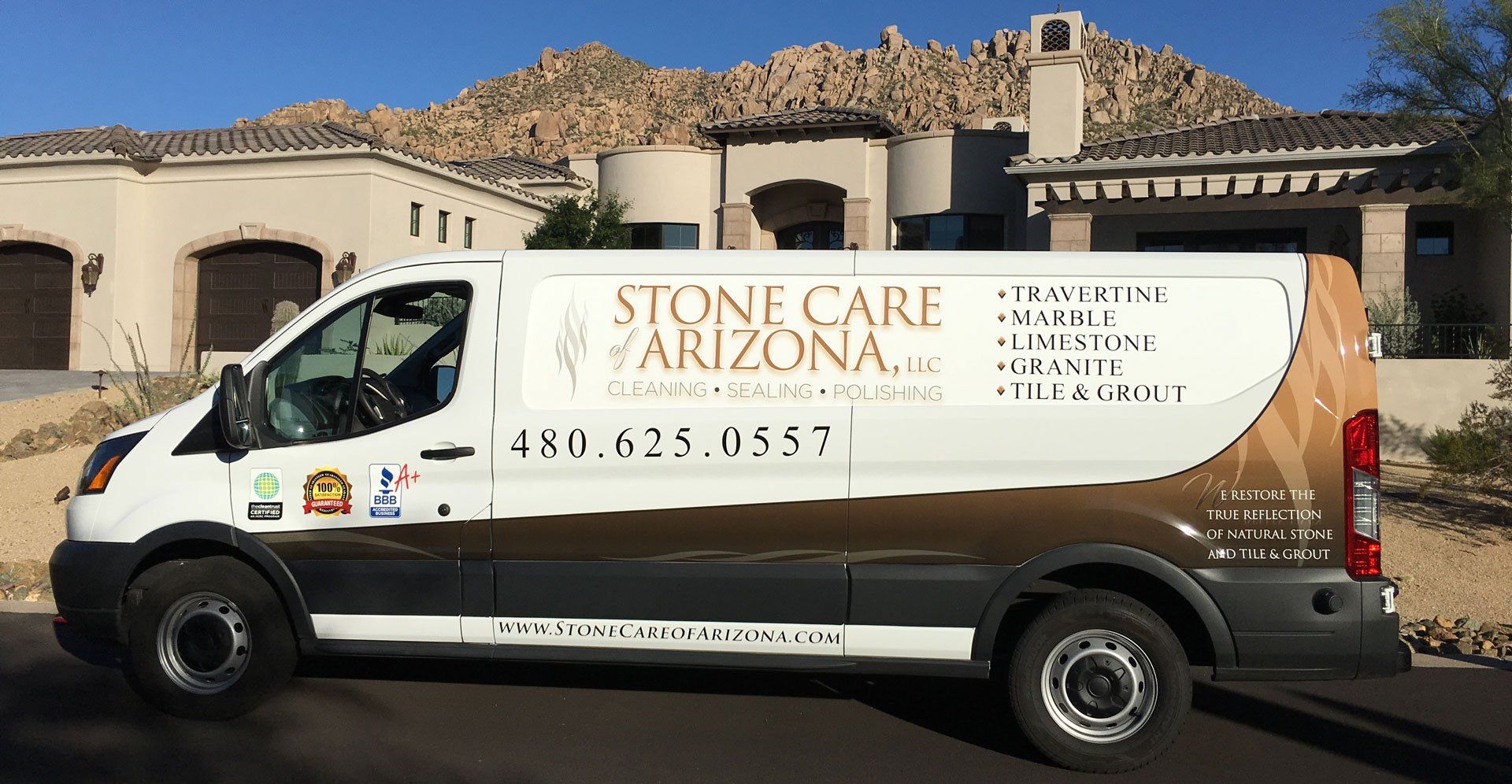
Stone Care of Arizona, the natural stone care expert is the premier cleaning, polishing, sealing, and floor refinishing company in the North Valley. We specialize in making you happy! Stone Care of Arizona will provide cleaning, sealing, and floor refinishing services that meet and/or exceed your expectations. We provide a make you smile guarantee to ensure that you are thrilled with our work. If you desire a wonderful experience, please give us a call at 480-625-0557. We look forward to speaking with you.
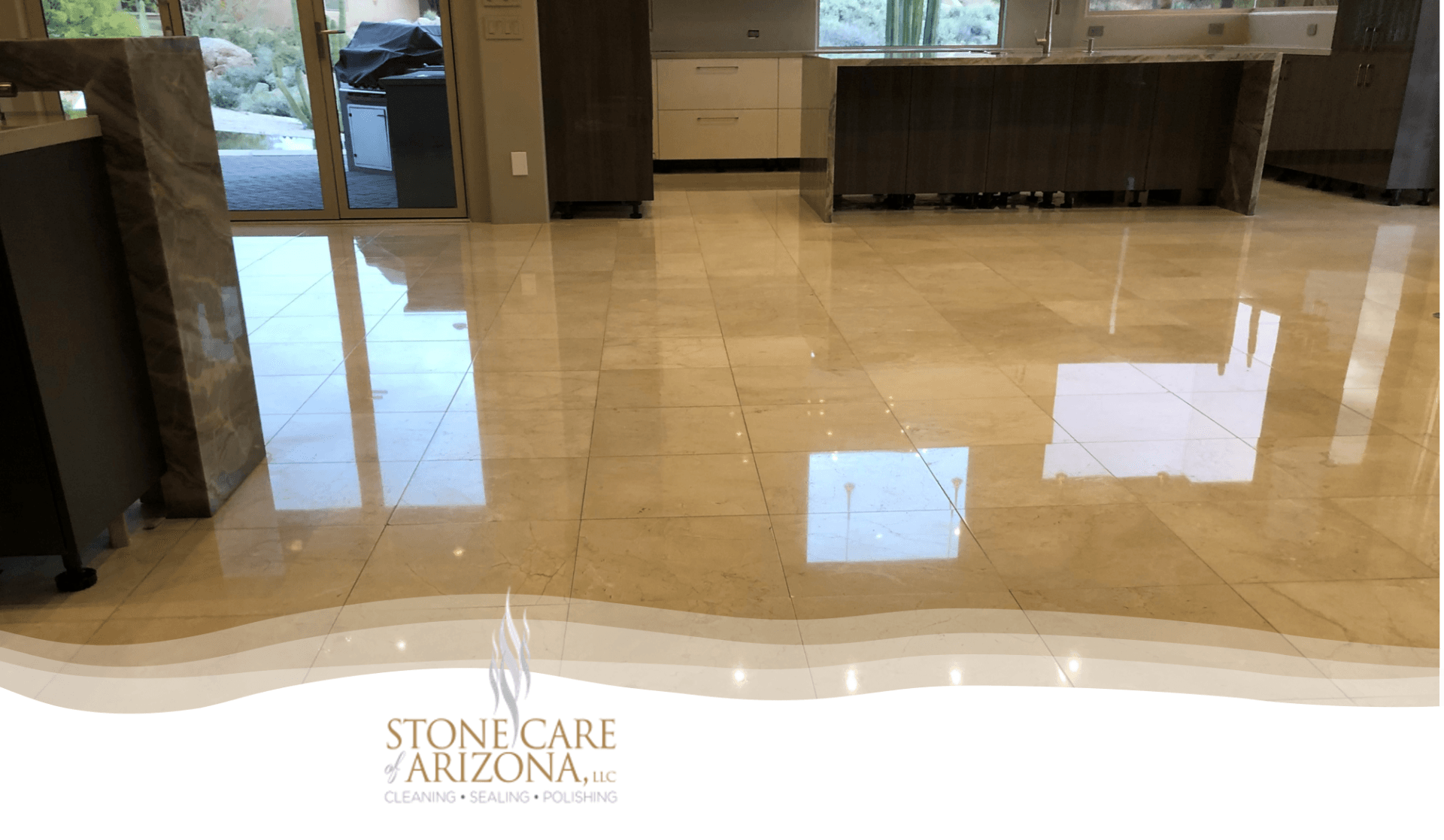
Stone Care of Arizona, Arizona stone care expert is the premier natural stone care cleaning, sealing, and polishing company. Stone Care of Arizona specializes in Marble floor cleaning and sealing services. We also do Travertine floor cleaning and sealing Limestone floor cleaning and sealing services in Scottsdale, Paradise Valley, Fountain Hills, and Cave Creek areas.
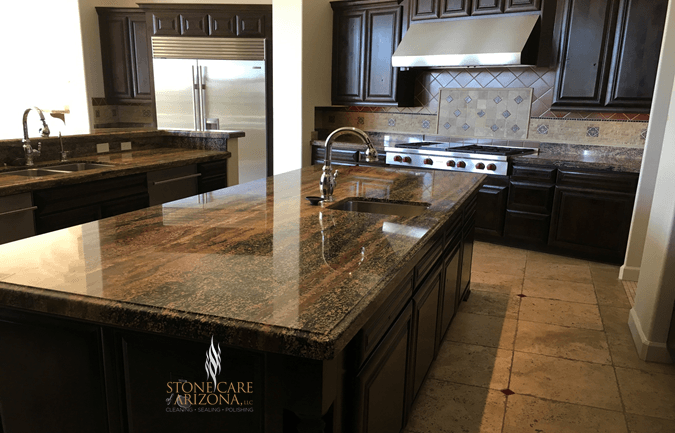
Stone Care of Arizona, the Arizona stone care expert recommends that "all" Granite countertops should be sealed. Granite cleaning and COVID-19 disinfecting and sealing is necessary to ensure that you Granite countertop safe to enjoy. If you desire Granite cleaning and sealing, give Stone Care of Arizona, the Arizona stone care expert a call at 480-625-0557. We look forward to speaking to you about cleaning and sealing your Granite countertop.

Stone Care of Arizona, the natural stone care expert takes cleaning Granite countertops, Marble countertops, cleaning Travertine countertops, and Limestone countertops seriously. COVID-19 is taking no prisoners and making sure your countertops are disinfected after cleaning is very important. If you are serious about countertop cleaning, disinfecting and sealing, please give Stone Care of Arizona a call at 480-625-0557

Stone Care of Arizona, the natural stone care expert receives lots of calls from concerned clients who have discovered to their chagrin, they have damaged their Marble, Travertine, Onyx and Limestone floors, countertops and showers due to mild to severe etching. Stone Care of Arizona, the natural stone expert provide the flooring services,
FLOORS:
• Travertine cleaning, sealing and floor refinishing services
• Marble cleaning, sealing and floor refinishing services
• Onyx cleaning, sealing and floor refinishing services
• Limestone cleaning, sealing and floor refinishing services
• Slate cleaning and sealing
• Slate cleaning and refinishing services
• Flagstone cleaning & sealing services
• Terrazzo cleaning & sealing and refinishing services.
• Terrazzo cleaning & sealing services.
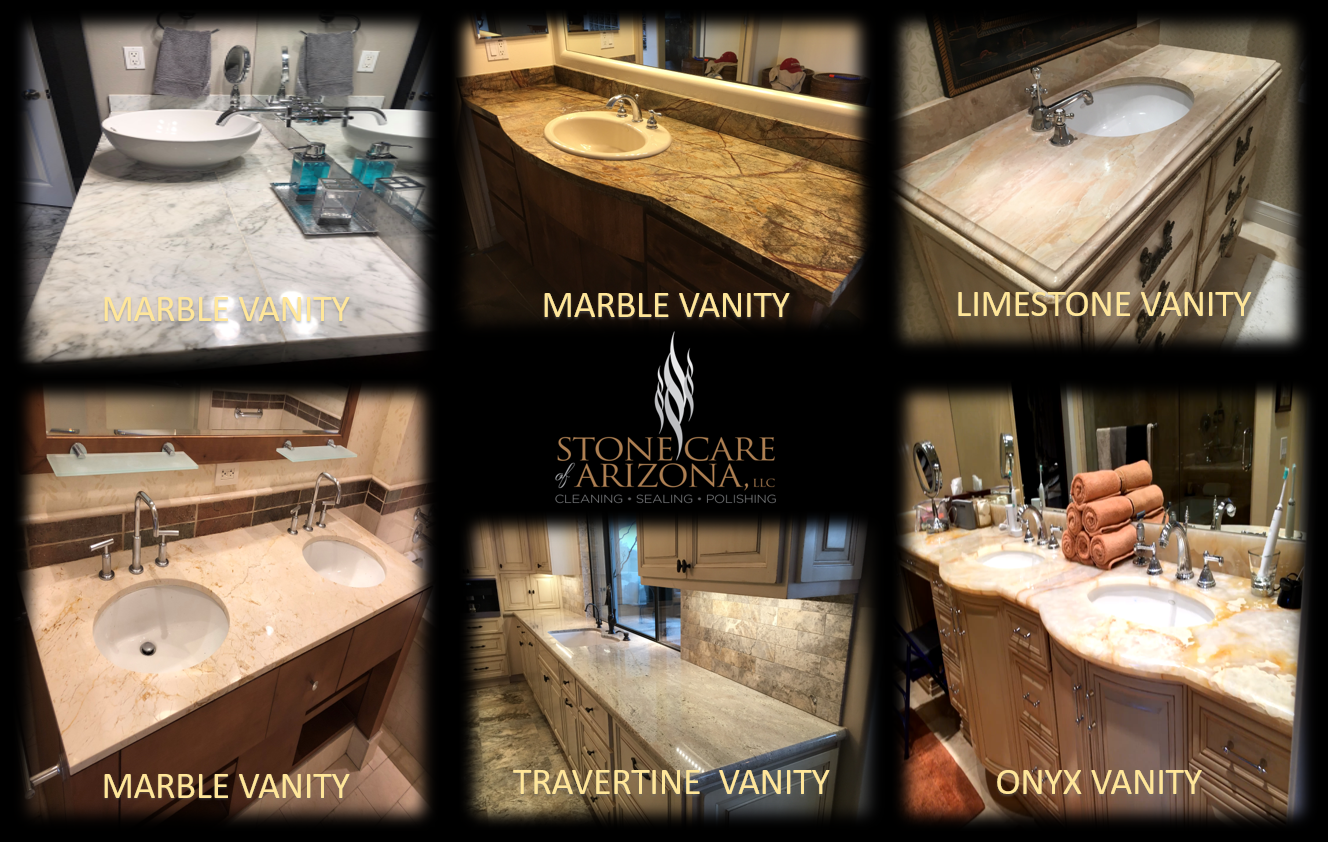
Stone Care of Arizona is the Arizona cleaning and sealing experts! We specialize in the following services, Travertine countertop cleaning, sealing and refinishing, Marble countertop cleaning, sealing and refinishing, Onyx countertop cleaning, sealing and refinishing, Limestone countertop cleaning, sealing and refinishing, Granite countertop cleaning, sealing and refinishing services Give Stone Care of Arizona, Arizona stone care expert a call at 480-625-0557. It will be our distinct pleasure in providing you with world-class services.
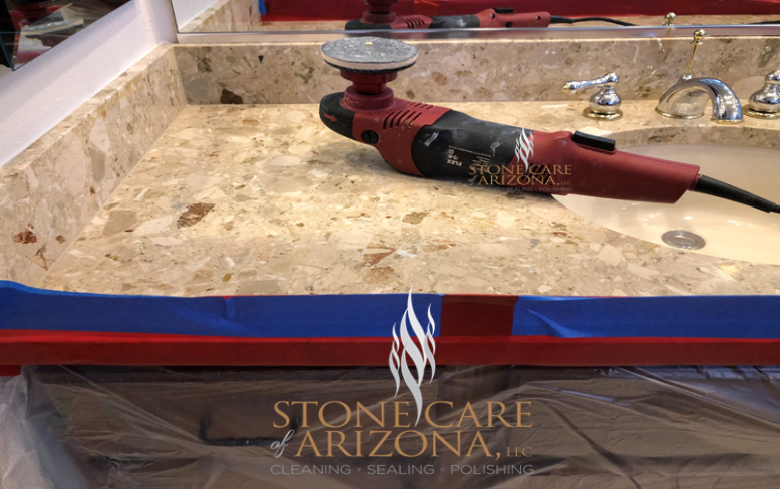
Stone Care of Arizona is the Arizona stone care Cleaning and Sealing Expert. Stoner Care of Arizona Specializes in Marble, Travertine, Onyx, and Limestone Refinishing Services. Stone Care of Arizona can clean and seal Marble countertops, clean and seal Travertine countertops , clean and seal Limestone countertops. If you have water spots and etching that needs to be removed, give Stoner Care Of Arizona at 480-625-0557.


